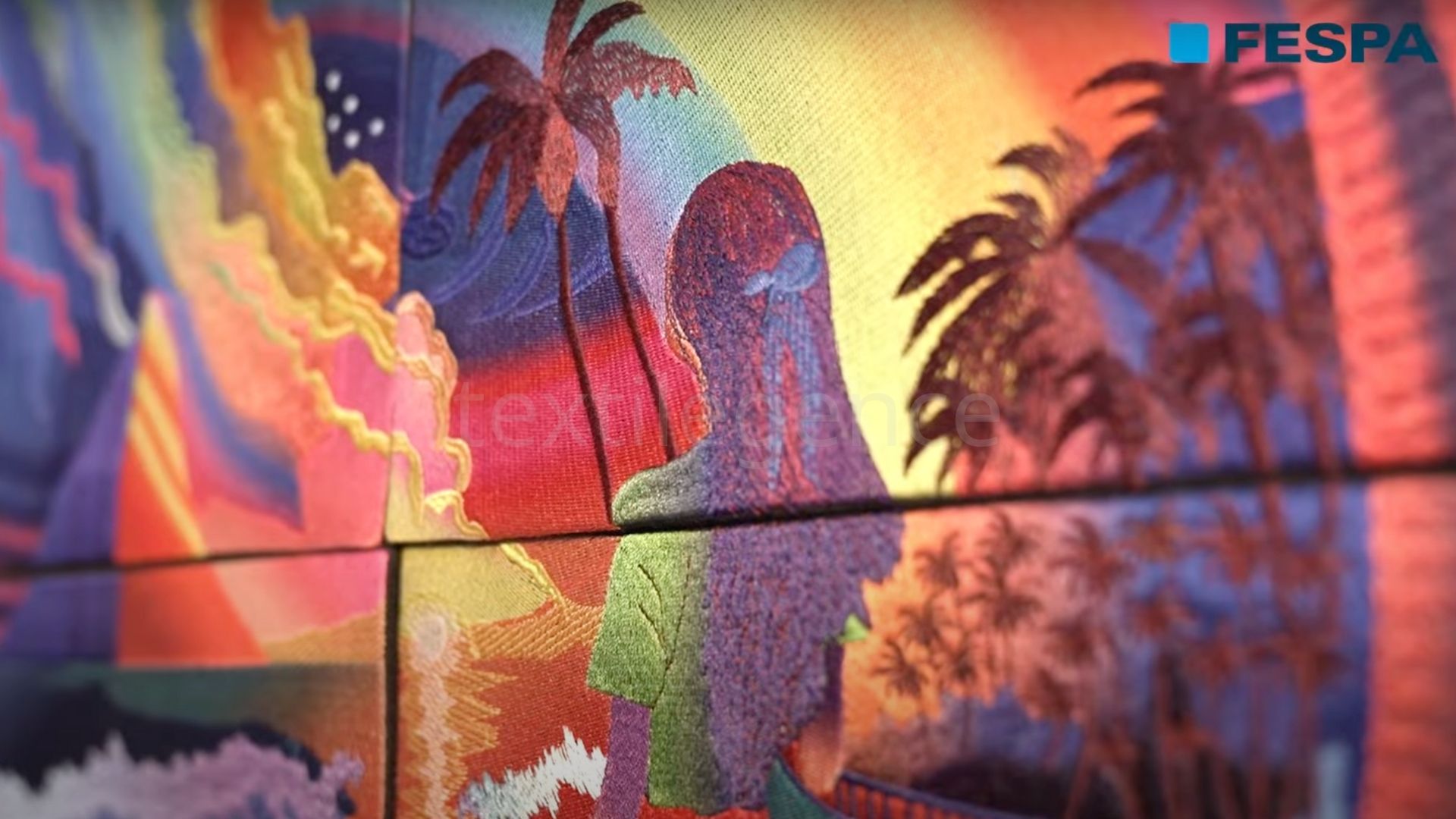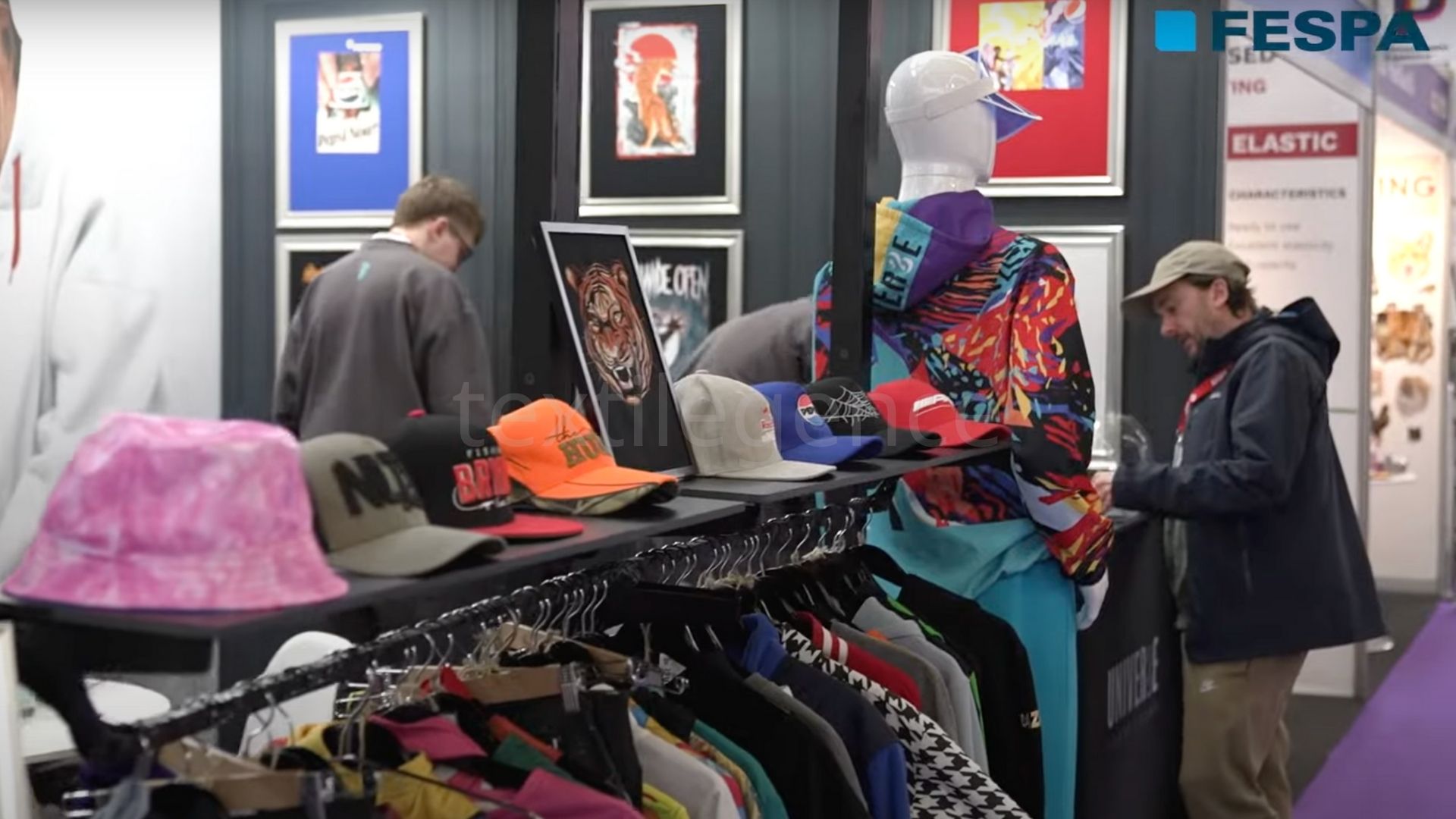Personalisation Experience 2025 to be held in Messe Berlin, Germany on May 6 – 9 is set to launch its inaugural SmartHub Conference. The conference, which will run from 6 – 8 May 2025, will highlight the importance of using the latest technologies and software across a range of disciplines, to reduce waste and increase operational efficiency, while leveraging the benefits of digital production methods.
Ahead of the event, six keynote speakers – Lisa Brown, Johnny Shell and David Sweetnam from FESPA’s Thought Leadership Partner, Keypoint Intelligence; Frank Piller, Professor of Technology Management at RWTH Aachen University; Richard Askam, Co-Founder of You are The Star Books; and Rusty Pepper, Head of Global Markets & Partnerships, Taylor OnDemand – discuss why demand has increased, and how customisation is helping print businesses to maximise their productivity and potential.
What are the biggest challenges of printing personalised products at scale, and how can print businesses overcome them?
Lisa Brown: Scaling personalised product printing presents challenges across workflow complexity, production throughput, order fulfilment, quality control, and ultimately, profitability. Managing high volumes of variable data, ensuring consistent quality across one-off items, and fulfilling numerous unique orders strain traditional systems and inflate costs. To overcome these barriers, print businesses must invest in end-to-end workflow automation, adopt high-speed digital printing technologies, implement intelligent job routing and QC systems, and streamline offerings with modular product templates. By integrating AI and smart software, optimising processes, and rethinking their business models, PSPs can deliver personalisation at scale efficiently and profitably.
David Sweetnam: Offering a personalised garment production service requires the ability to manage a large number of unique very small orders, each with its own job requirements (bespoke images, garment type, colour, size, personal shipping info etc) which is very demanding in terms of production workflow, inventory control, quality control, shipping logistics and as a result, requires more operator time per job versus the more traditional high volume repeat action orders. To manage this challenging personalised business model, it is essential that businesses invest in the right workflow systems to track each job from eCommerce order through to final shipping, typically achieved with the use of QR code tags. Automation and artificial intelligence should also be looked at as a key method of improving efficiency, reducing errors and maximising profitability.
Frank Piller: Managing the paradox of choice: Offering users choice and a large solution space is the core value proposition of personalisation and customisation – but at the same time, is also its biggest challenge, as many users are not good at utilising this freedom to choice. Successful personalisation businesses complement their technical skills in customised printing with the right co-design toolkits and AI tools to help people navigating the choice.
Richard Askam: When I first started producing personalised products in 2008, scale was doing one! I have been fortunate to watch the industry and technology evolve to the extent where a million ‘ones’ are now possible.
Rusty Pepper: One of our biggest challenges is getting accurate sales forecasts from partners. In the POD (print on demand) industry, we encounter fluctuating demand, unpredictable customer preferences, and seasonal spikes, making it difficult to accurately manage our inventory levels. It’s a constant balancing act of having enough inventory to meet our customers demand without overstocking and tying up precious capital. To address this challenge, our account teams work very closely with partners at regular intervals to review sales data to gain visibility into their forecasts. With this data, our operations team applies enhanced analytics to generate more accurate demand predictions by customer, which enables our facilities to maintain more accurate inventory levels.

How has the demand for customised printing evolved in recent years?
Johnny Shell: The demand for customised printing has significantly evolved, driven by shifting consumer preferences toward individuality, on-demand production and experiential purchasing. Advances in digital printing technologies, combined with the rise of eCommerce and web-to-print platforms, have enabled cost-effective, short-run customisation across a wide range of substrates and product categories – from apparel and décor to packaging and promotional goods. Brands and retailers now view customisation as a strategic differentiator, offering consumers personalised experiences that enhance brand loyalty and perceived value. This evolution has transitioned customised printing from a niche offering to a mainstream expectation, reshaping how products are designed, marketed and produced.
David Sweetnam: It has grown enormously, as digital technology has made it more cost effective to handle much smaller order quantities, buyer trends can change overnight and the desire to look like everyone else with the same brand logo the key statement of fashion consciousness has been replaced by many with the desire to stand out by being unique in their look.
Frank Piller: Customised digital printing has been around for several decades now – and while technology has improved, what really evolved were the business models around these technologies – especially platform-based business models, which changed the game and enabled scalability.
Richard Askam: [I believe] demand and the global market for personalised product is doubling every five years and I see no end to this, as customers continue to embrace it.
Rusty Pepper: Over the past five years, the demand for customised printing has exploded, driven by a perfect storm of societal shifts, technological advancements, and changing market dynamics. The Covid pandemic was a major catalyst, which forced businesses to find new ways to engage and connect with their employees, clients, and customers who suddenly found themselves working from home. Hyper-personalised branded items, PPE, and marketing materials became essential tools for maintaining relationships in a dispersed working environment. Simultaneously, advancements in digital printing technology further accelerated this trend. Greater efficiency, lower costs, and faster production times have made hyper-personalisation accessible to both businesses and individuals. Meanwhile, the “Amazon effect” set new consumer expectations for rapid delivery, pushing POD providers to streamline their logistics and match the delivery speed of off-the-shelf goods. We’ve also seen a surge in eCommerce platforms like Shopify and Etsy, where small businesses, niche sellers, and side hustlers can quickly set up POD stores without upfront inventory costs. At the same time, the creator economy boomed, with influencers and content creators leveraging platforms like TikTok and Instagram to sell POD merch directly to their followers. On the B2B front (my favourite), more companies are adopting POD to capitalise on its unique advantages like geo-routing orders to local markets, minimising waste and inventory liabilities, and delivering hyper-personalised branded materials. And finally, let’s not forget about sustainability, because consumers and businesses both favour POD for its reduced environmental impact compared to mass producing and warehousing product.
What are the most unique or unusual personalisation requests you’ve received, and how did you fulfil them?
Lisa Brown: Some of the most unique personalisation requests in the print industry have involved unconventional substrates, intricate variable data integration, and emotionally driven one-off products. For example, one provider was tasked with printing a late loved one’s handwriting onto fabric to create commemorative pillows – a request that required high-resolution scanning, digital image cleanup, and precise pigment textile printing to preserve the authenticity of the original writing. Another unusual project involved creating personalised wallpaper featuring GPS coordinates and map imagery from significant life events, fulfilled through automated design templating and wide format inkjet printing. These projects underscore the emotional value of personalisation and highlight the importance of flexible workflows, high-fidelity digital imaging, and adaptable print platforms in meeting highly specialised customer needs.
Richard Askam: When I did the ‘Share a Coke campaign’ [for Coca-Cola] in 2014, we produced a marriage proposal for a customer on six separate labels that said: “Darling Eloise, Will You Marry Me?”. She said yes!
Rusty Pepper: One of the most unique requests we received came from a new partner who needed 2,000 authentic Mexican papel picados for a Día de los Muertos (Day of the Dead) retail promotion. Papel picados are traditional Mexican streamers made by hand-cutting detailed designs into colourful tissue paper and attaching to strings. And our client insisted that these needed to be authentic papel picados, so they couldn’t be mass produced by machines – they had to be hand-cut! With only 30 days to deliver, we had to track down a genuine artisan who had a big enough team of skilled labourers to hand craft, assemble and ship in pairs to 1,000 retail locations across the country. It was a race against time, but we made it happen, and our client loved the results!
In addition, Personalisation Experience 2025 visitors will also gain free access to its co-located events, FESPA Global Print Expo and European Sign Expo, where they can discover the latest solutions in the speciality print, signage and visual communications industries.


